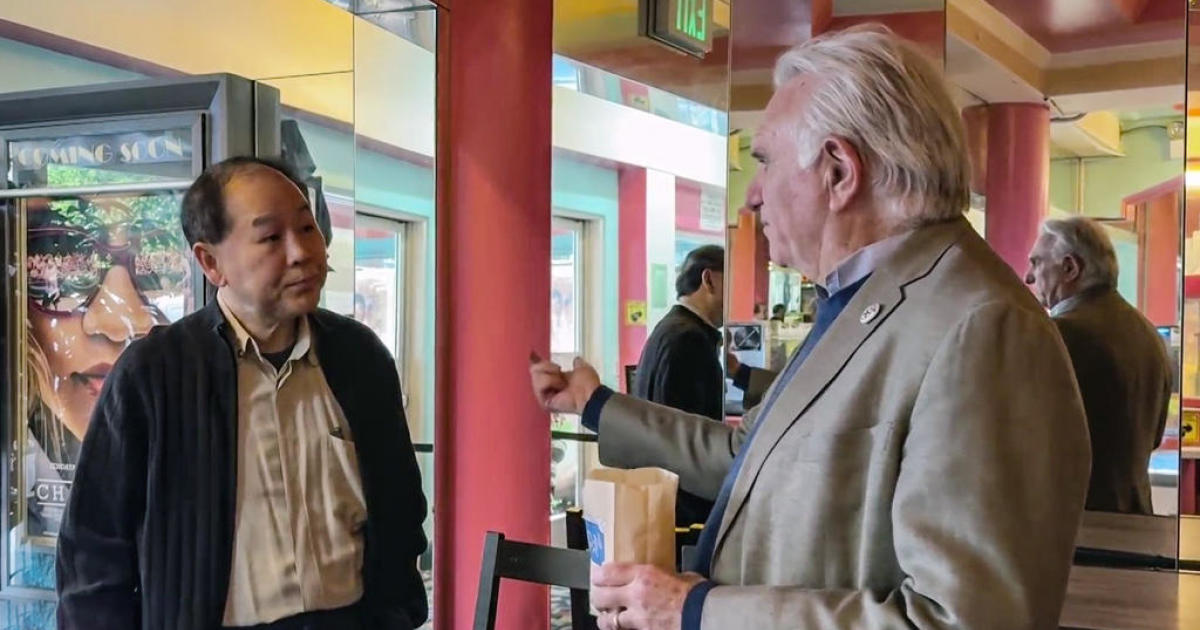On The Dot: San Francisco firm Aclima maps emissions contributing to climate change
CBS News stations are dedicated to reporting more on the causes and impacts of climate change. National environmental correspondent David Schechter and producer Chance Horner. along with a team of researchers and producers at the CBS Innovation Lab are exploring the science behind climate change.
OAKLAND -- To deal with climate change and air pollution, you have to really understand where it is coming from. One Bay area company is pioneering the mapping of pollution and carbon dioxide levels in a hyperlocal way.
The company is called Aclima. CBS national environmental correspondent David Schechter and producer Chance Horner traveled to Oakland to speak to the company's CEO and see why the work is so groundbreaking.
"This company has figured out how to visualize carbon dioxide," noted Schechter.
He sat down CEO Davida Herzl who told him that her company operates a fleet of cars outfitted with tubes and sensors that analyzes the air for 14 kinds of pollution One of them is carbon dioxide, which floats straight up into the atmosphere. And it can stay there for hundreds of years.
"To deal with climate change, to deal with air pollution, you really have to understand where it's coming from, and you have to take local measurements to do that," explained Herzl.
Schechter and Horner climbed into one of Aclima's special vehicles along with Herzl and took off. Immediately, the sensors began measuring data.
"Right now, every single second we're taking a measurement off that," noted Herzl. "Yeah, the air is getting sampled. We're moving through the streets. That enables us to pinpoint the precise location of those measurements."
There are a lot of ways that CO2 gets into the air. But, according to the EPA, the number one source of carbon emissions is transportation, at 27%.
"I mean, you can look out the window there is I can count one, two, three, four, five, six, seven. I mean, ten trucks just, yeah," said Herzl. "Just in front of us right now."
The data then is visualized on maps, in this case, the streets of Oakland. The lower concentrations appear on the side streets. The much higher levels are seen around freeways. The display shows what appear to be skyscrapers but are actually the visualization of emission levels where two highways come together.
Businesses and governments use Aclima's data to identify and reduce sources of pollution.
"This isn't just an invisible problem," said Herzl. "You can see it. It's visible, it's measurable."
That means if you drive a gas-powered car, you're putting CO2 into the air.



